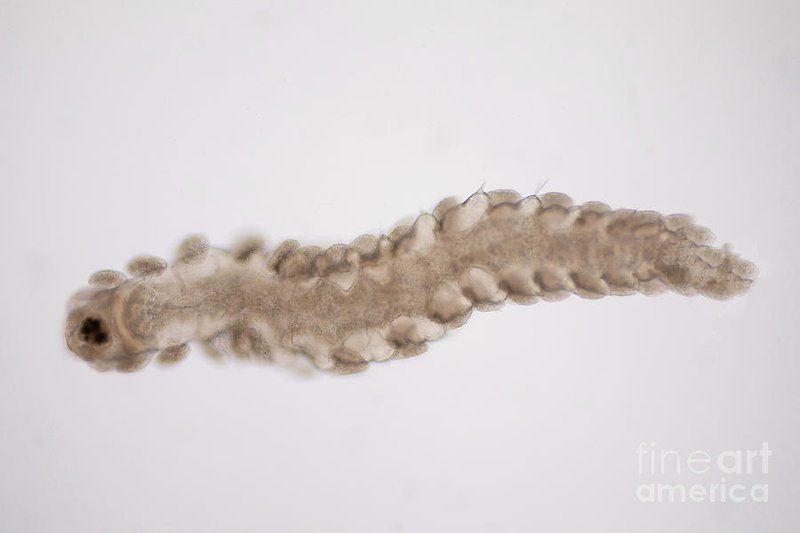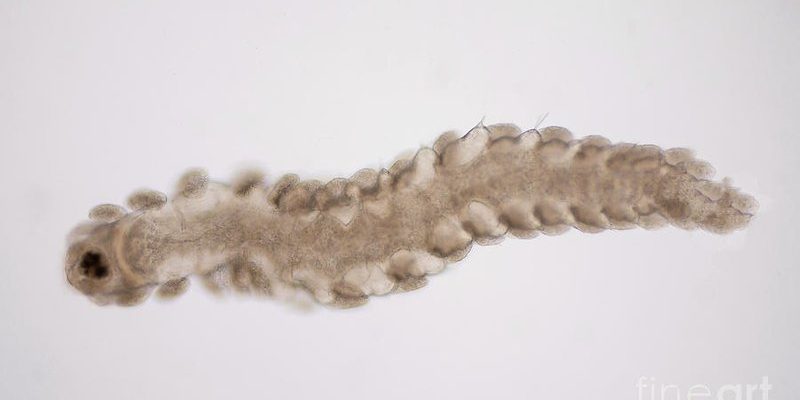
Imagine the bristle worm as a deep-sea traveler, performing a delicate dance of life. From stunning transformations to the challenges of survival, their reproductive cycle mirrors a dramatic story that unfolds beneath the waves. It raises questions about how these creatures thrive in their environments and what makes them so unique. So, grab your metaphorical diving gear, and let’s explore the fascinating world of the bristle worm’s reproductive habits!
What Are Bristle Worms?
Bristle worms belong to the polychaete family and are part of the annelid class. These worms are named for the tiny, bristle-like structures called **setae** that cover their bodies. You might find them in various habitats, from sandy shores to deep ocean floors. There are over 10,000 species of bristle worms, each with its own set of traits. Some are just a few inches long, while others can stretch to several feet.
These worms are crucial to marine ecosystems. They help decompose organic matter, making nutrients available to other organisms. They also serve as prey for larger animals like fish and sea turtles. You might be wondering, “How do they reproduce?” Well, the process is more complex than you might think!
The Life Cycle of Bristle Worms
The life cycle of bristle worms typically involves several stages: **egg**, **larva**, and **adult**. It all starts when adult bristle worms engage in what’s known as **external fertilization**. This means they release their eggs and sperm into the surrounding water, where fertilization occurs. This process often happens in sync, almost like a synchronized swimming routine, where many worms release their reproductive cells at the same time.
After fertilization, the eggs develop into larvae, which drift in the ocean currents. This larval stage is critical for the survival of bristle worms. The larvae are usually free-swimming and can travel long distances. This dispersal helps establish new populations in different areas, ensuring the species continues to thrive.
Types of Reproduction: Sexual vs. Asexual
Bristle worms typically reproduce sexually, but some species can also reproduce asexually. In sexual reproduction, as previously mentioned, males and females release their gametes into the water. This synchronization is often triggered by environmental factors like temperature changes.
On the other hand, some bristle worms can reproduce asexually through a process called **fragmentation**. In this case, if a worm loses a part of its body—whether due to predation or other stressors—it can regenerate into a new worm. Imagine splitting a twig in two: each half can grow into a new plant under the right conditions.
Timing and Conditions for Reproduction
Reproductive timing for bristle worms can vary based on their species and environmental conditions. Generally, they tend to reproduce during warmer months when food is plentiful and conditions are optimal. This timing helps ensure that the larvae have enough resources to grow and develop.
Environmental cues like temperature, salinity, and light play a significant role in triggering reproduction. For instance, when water temperatures rise, it may signal to the worms that it’s time to mate. It’s like nature’s clock, ensuring these creatures take advantage of the best conditions for their offspring.
The Role of Larvae in the Ecosystem
Once bristle worm larvae are released into the ocean, they play a crucial role in the marine ecosystem. At this stage, they’re part of the food web, serving as prey for fish and other marine animals. This is where their journey gets really exciting.
As they drift in the currents, they not only help maintain the balance of marine life but also contribute to nutrient cycling. When they settle and metamorphose into adult bristle worms, they’ll start their own roles in the ecosystem, further feeding the cycle of life. This new generation will grow, reproduce, and continue the legacy of bristle worms in the ocean.
Why the Bristle Worm Reproductive Cycle Matters
Understanding the bristle worm’s reproductive cycle isn’t just a fun fact—it’s essential for several reasons. For one, it provides insights into the health of marine ecosystems. Changes in the reproductive habits of these worms can indicate underlying issues in their environment, like pollution or climate change.
Additionally, studying these creatures can offer clues about biodiversity in ocean habitats. As researchers monitor bristle worm populations, they can learn how changing conditions affect different species. This knowledge helps in the conservation of marine environments, ensuring that ecosystems remain balanced and resilient.
The bristle worm reproductive cycle is a remarkable example of nature’s complexity. From their unique life stages to their role in the ocean ecosystem, these tiny creatures contribute much more than we often realize. Whether it’s through sexual reproduction or regeneration, they adapt and flourish in their underwater worlds.
The next time you think about the ocean, remember the bristle worm. It’s a small but mighty part of the vast ecosystem, showcasing the wonders of life beneath the waves. Understanding creatures like the bristle worm reminds us of the beauty and intricacy of nature, urging us to protect these delicate systems for future generations.

